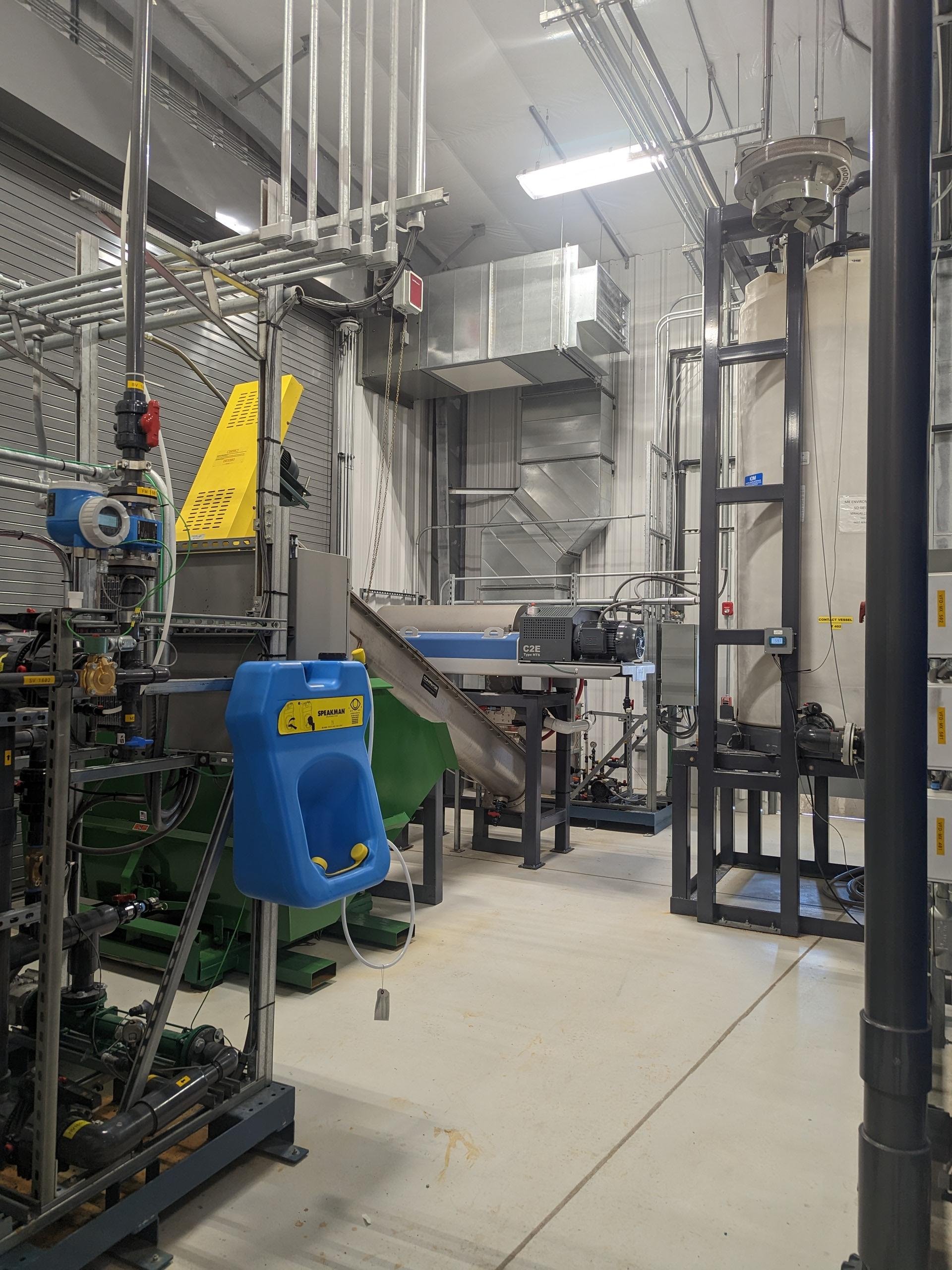« Back« PrevNext »


We used our treatability laboratory to test several processes to significantly reduce groundwater concentrations of metals for potential treatment either in-situ or ex-situ at the utility client’s ash pond sites. Several processes were evaluated based on the following factors:
- Efficiency/Cost: The treatment train had to be cost effective relative to alternative treatment options like landfilling.
- Kinetics: System processes must have kinetics that are rapid enough to avoid the need for large on-site reaction containers.
- Treatment: CCR commonly have a diverse mix of metals, including boron, arsenic, molybdenum, and barium. These metals often have to meet stringent groundwater or surface water discharge standards.
Once the bench-scale treatment process evaluation was completed, a 4-month pilot test was successfully completed at the site. A full-scale system has been installed for the site and bench-scale testing for 3 additional ash pond sites is planned for the client.
| Dissolved Metal | Influent (ppb) | Effluent (ppb) |
|---|---|---|
| Barium | 76.3 | 10.6 |
| Boron | 7,940 | < 20 |
| Molybdenum | 880 | 10 |
| Arsenic | 163 | 1.6 |
| Lead | 11.3 | < 1.0 |






